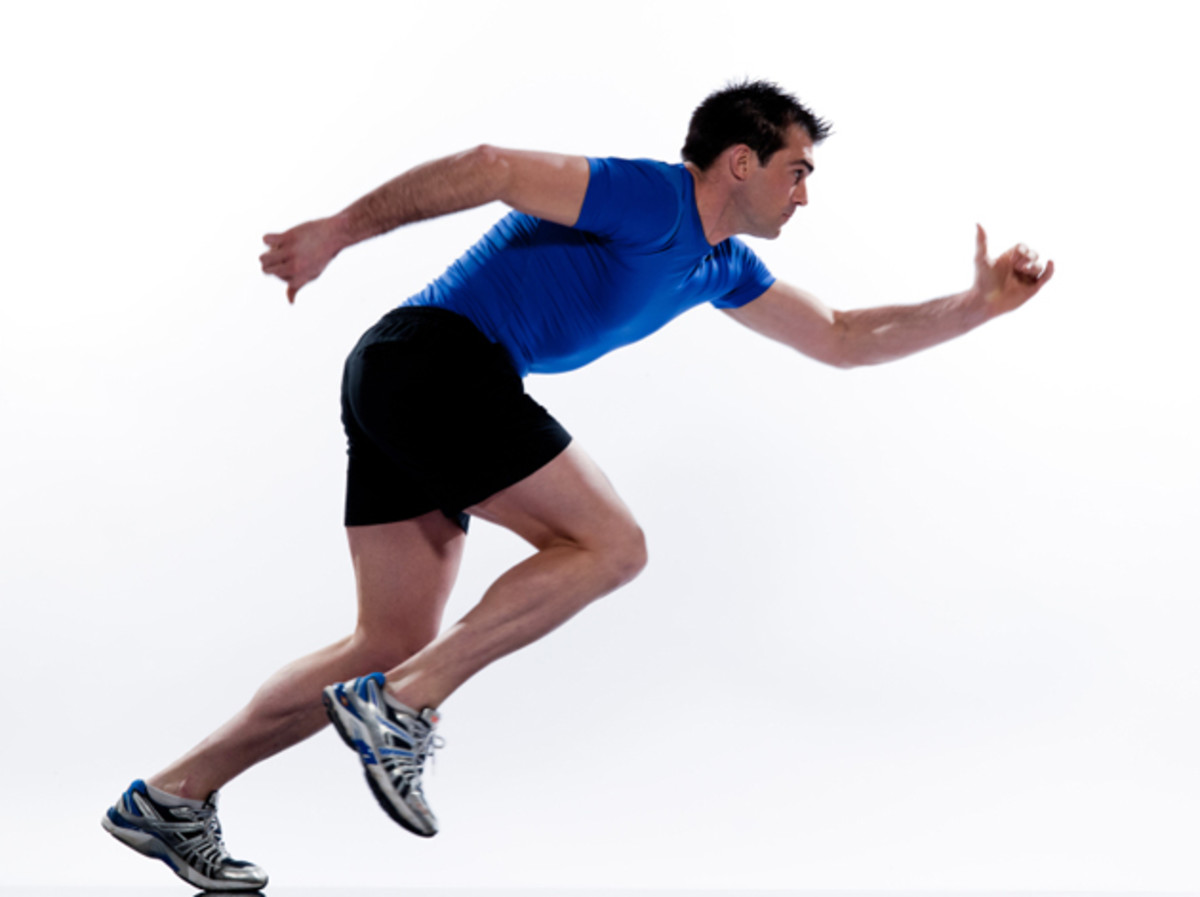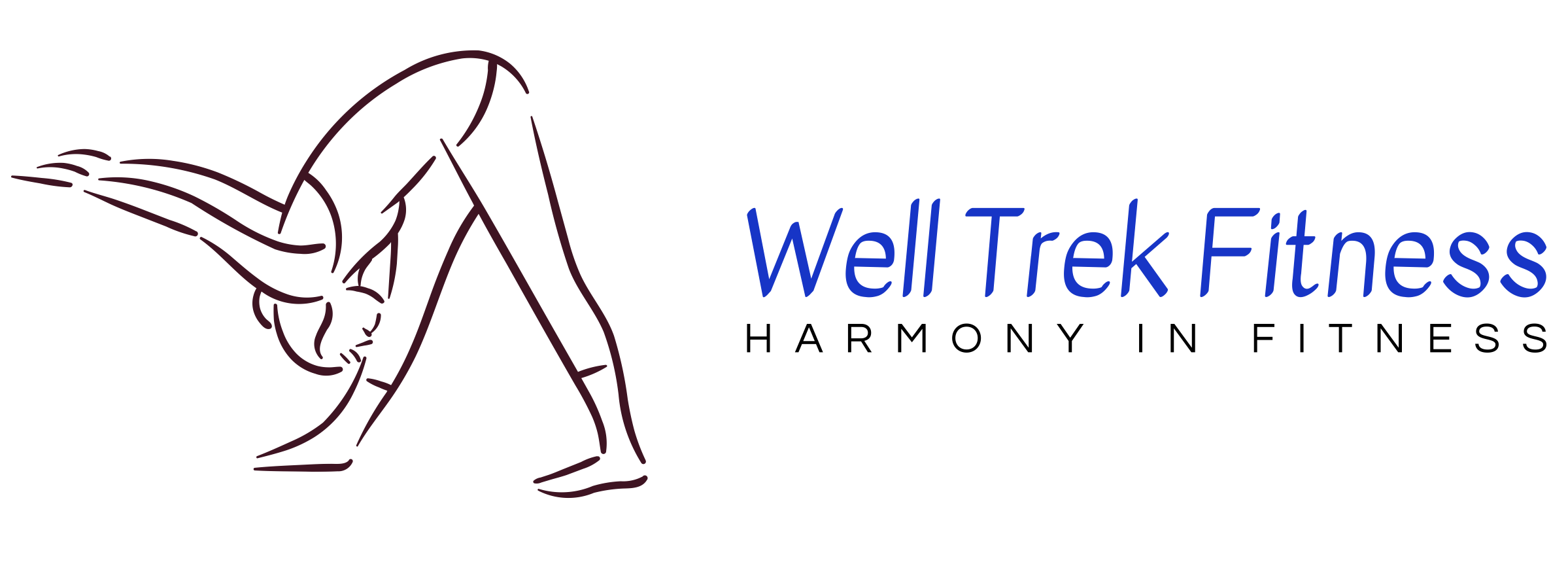Best Cardiovascular Exercise for Weight Loss in 2025

Best Cardiovascular Exercise for Weight Loss in 2025. As we step into 2025, fitness enthusiasts and individuals aiming to shed extra pounds are finding renewed motivation in the realm of cardiovascular exercises. The modern-day fitness industry is not just about flashy gym equipment or extreme workout trends—it’s about adopting sustainable, enjoyable activities that support long-term health. In this article, we will delve into various Cardiovascular Exercise for Weight Loss routines that remain relevant and effective in 2025, all while keeping a friendly tone and plenty of actionable advice for those on a journey towards improved fitness.
Cardiovascular Exercise for Weight Loss: Understanding the Basics
At its core, Cardiovascular Exercise for Weight Loss is any activity that gets your heart pumping vigorously, thereby increasing your metabolism and burning calories. Aerobic exercises like running, cycling, swimming, and even dancing are not only enjoyable but also serve as a great way to improve heart health, endurance, and overall well-being. In 2025, research continues to highlight that consistency is key; engaging in these exercises at a steady pace can significantly contribute to a caloric deficit, which is essential for weight loss.
One of the best aspects of these exercises is their versatility. You can tailor your routine according to your fitness level, personal preferences, and goals. Whether you are a beginner embarking on a fitness journey or someone with advanced endurance levels, there’s always an option to challenge yourself and reap the benefits.
Cardiovascular Exercise for Weight Loss: Running as a Timeless Option
Running has long been celebrated as one of the most effective forms of Cardiovascular Exercise for Weight Loss. In 2025, running remains a favorite for many due to its accessibility and its profound impact on cardiovascular health. With minimal equipment required—just a good pair of running shoes—you can hit the pavements, trails, or treadmill.
Running boosts your heart rate quickly, burns calories at a high rate, and can easily be modified by adjusting speed or incorporating intervals. Interval training, where you mix high-intensity sprints with periods of light jogging or walking, not only spices up your routine but also maximizes calorie burn. The adaptive nature of running means you can start with short distances and gradually build up endurance, making it an ideal starting point for many seeking Cardiovascular Exercise for Weight Loss. (Read More: Discover What Are the Cardiovascular Exercises Recommended by Experts).
Moreover, running outdoors offers the added benefit of exposure to nature, which can elevate mood and reduce stress—a known contributor to weight gain. For those who enjoy competition, joining local running clubs or participating in community races can add a social dimension to your fitness regimen, further enhancing motivation and enjoyment.
Cardiovascular Exercise for Weight Loss: Cycling Adventures
Cycling is a highly adaptable and low-impact exercise that has cemented its place as a top contender for Cardiovascular Exercise for Weight Loss in 2025. Whether you choose indoor cycling classes or outdoor biking adventures, this exercise suits a variety of lifestyles and fitness goals.
Cycling is especially appealing for individuals looking for a gentler approach on the joints compared to high-impact sports like running. With advancements in bike technology and the availability of smart trainers, indoor cycling has become increasingly interactive. Many modern studios and home apps offer real-time metrics, scenic virtual rides, and competitive leaderboards, making it easier to track progress and stay motivated.
Outdoor cycling not only keeps you engaged with changing scenery but also presents an opportunity to explore new areas. The varying terrains and natural inclines intensify your workout, fostering both cardiovascular endurance and muscle strength in the legs and core. When practiced regularly, cycling can create a significant calorie deficit, positioning it as a powerful Cardiovascular Exercise for Weight Loss.
Cardiovascular Exercise for Weight Loss: High-Intensity Interval Training (HIIT)
High-Intensity Interval Training (HIIT) has surged in popularity due to its efficiency and proven effectiveness for those looking for a brisk and dynamic approach to Cardiovascular Exercise for Weight Loss. HIIT involves alternating between short bursts of intense anaerobic exercise and recovery periods of lower intensity, making it a time-saver for individuals with busy lifestyles.
The science behind HIIT is compelling. By pushing your heart rate to its peak for short durations, HIIT sessions induce a phenomenon known as excess post-exercise oxygen consumption (EPOC). EPOC can elevate metabolism for hours after exercise, meaning you continue to burn calories even after your workout is over. Many fitness enthusiasts in 2025 have integrated HIIT into their routines either at the beginning of a session to kickstart their metabolism or at the end as a finisher to maximize fat loss. (Read More: Best Treadmills for Cardiovascular Exercise in Home).
Due to its flexible nature, HIIT sessions can be performed with various exercises including sprinting, jumping rope, or even bodyweight circuits. The key to success is finding a HIIT routine that suits your personal fitness level and gradually increasing its intensity over time.
Cardiovascular Exercise for Weight Loss: Swimming Workouts
Swimming is often hailed as one of the most comprehensive forms of Cardiovascular Exercise for Weight Loss available. It provides a full-body workout without putting undue stress on your joints. The resistance provided by water helps in toning muscles while the buoyancy minimizes injury risks—a particularly appealing feature as people age or recover from injuries.
In 2025, many fitness experts highlight swimming not just as an exercise but as a holistic therapy. The rhythmic and meditative aspects of swimming can alleviate stress and improve sleep quality, two factors that contribute indirectly to weight loss. Structured swimming workouts—whether laps, water aerobics, or even underwater exercises—can burn a substantial number of calories while reinforcing cardiovascular resilience. (Read More: What Are the Cardiovascular Exercises That Can Transform Your Heart Health?).
For beginners and seasoned athletes alike, swimming presents an opportunity to engage in an activity that is both refreshing and physically demanding, embodying the benefits of Cardiovascular Exercise for Weight Loss.
Cardiovascular Exercise for Weight Loss: Dance Fitness Trends

Dance-based workouts have become an increasingly popular form of Cardiovascular Exercise for Weight Loss in 2025. Programs like Zumba, hip-hop dance, and contemporary dance classes infuse energy, creativity, and rhythm into your workout routine. These sessions not only offer an enjoyable alternative to traditional exercise but also help improve coordination, flexibility, and stamina.
Dance fitness is especially appealing because it masks the intensity of the workout behind fun choreography and upbeat music. Participants often report that they are less aware of the hard work involved, making it easier to stick with the routine over time. For many, the social element of group dance classes creates an encouraging and supportive community atmosphere that bolsters consistent participation.
As more people embrace dance as a form of Cardiovascular Exercise for Weight Loss, instructors have begun integrating technology like virtual reality and interactive platforms. These innovations not only enhance the overall experience but also provide real-time feedback, allowing participants to track improvements and set tangible goals.
Cardiovascular Exercise for Weight Loss: Elliptical Training Innovations
Elliptical machines have evolved in 2025, incorporating state-of-the-art technology to offer an efficient method for Cardiovascular Exercise for Weight Loss. Modern elliptical trainers come with customizable resistance levels, preset workout programs, and connectivity to mobile apps that track your progress in real time. This adaptability makes them suitable for a wide range of users, from beginners to fitness experts.
One of the biggest advantages of using an elliptical is its low-impact nature. The elliptical motion helps to minimize the strain on your knees, hips, and back, thereby reducing the risk of injury while still providing a robust cardiovascular challenge. Many users have noted that even after extended sessions, they feel energized rather than drained—a clear indicator of the machine’s ability to blend efficiency with comfort.
The inclusion of virtual training environments and interactive competitions on many elliptical machines allows users to simulate outdoor environments or challenge friends and family virtually. This innovation makes elliptical workouts not only effective for Cardiovascular Exercise for Weight Loss but also highly engaging.
Cardiovascular Exercise for Weight Loss: Modern At-Home Solutions
With the rise of remote work and busy lifestyles, at-home workouts have seen a significant uptick in popularity in 2025. A variety of home fitness equipment, such as compact treadmills, stationary bikes, and even innovative rowing machines, offer accessible ways to perform Cardiovascular Exercise for Weight Loss from the comfort of your living room.
Several online platforms provide interactive classes and on-demand videos that guide you through routines designed to maximize calorie burn while ensuring proper form. These platforms have tailored programs that focus on different aspects of fitness—from beginner-friendly sessions to advanced high-intensity workouts. The convenience of at-home exercise means there is no need to invest time or money traveling to a gym, making it an ideal solution for anyone looking to maintain a consistent routine.
Furthermore, wearable technology continues to advance, allowing individuals to monitor heart rates, track distance covered, and even measure calories burnt. This data-driven approach helps fine-tune workouts for optimal results, reinforcing the effectiveness of Cardiovascular Exercise for Weight Loss even in a home environment.
Cardiovascular Exercise for Weight Loss: Incorporating Variety and Fun

One of the most critical aspects to keep in mind when engaging in Cardiovascular Exercise for Weight Loss is the element of variety. Routine and repetition, while beneficial for developing discipline and tracking progress, can sometimes lead to boredom. By mixing up your workout regimen with a variety of activities—from running and cycling to swimming and dance classes—you ensure that you work different muscle groups and keep your motivation levels high.
Experimenting with different types of cardio can also help prevent plateaus in weight loss. When the body encounters new challenges, it adapts more efficiently, leading to continued improvements in both cardiovascular health and metabolic rate. Embrace technology by exploring fitness apps that recommend diverse workouts based on your personal interests and progress levels. This personalized touch makes achieving fitness goals not only more attainable but also much more enjoyable.
The warm, encouraging nature of the fitness community in 2025 means you’ll often find local clubs, online forums, and social media groups dedicated to sharing experiences and tips. These support networks are invaluable, offering practical advice, motivational stories, and even workout challenges that can further elevate your commitment to Cardiovascular Exercise for Weight Loss.
Cardiovascular Exercise for Weight Loss: Personalizing Your Journey
Every individual’s body responds differently to exercise, making it essential to tailor your Cardiovascular Exercise for Weight Loss strategy to your unique needs. Factors such as age, fitness level, and any pre-existing medical conditions should be taken into account when designing your exercise regime. Consulting with a fitness expert or medical professional can provide personalized insights that align with your goals.
Listening to your body is crucial. Pushing too hard too soon can result in injuries or burnout, while moderate, consistent sessions are more sustainable over the long term. Adjustments to workout intensity, duration, and frequency can make a significant difference in your weight loss journey. Keeping track of your progress using journals or fitness apps can help you identify what works best and make necessary modifications along the way.
Additionally, combining cardio with a balanced diet and strength training can create a holistic approach to weight management. Even if your primary focus remains on Cardiovascular Exercise for Weight Loss, complementing this activity with proper nutrition and muscle-strengthening exercises enhances overall physical health and lays the foundation for a more resilient body.
Cardiovascular Exercise for Weight Loss: Embracing the Future of Fitness

The landscape of fitness continues to evolve rapidly, and 2025 is no exception. Technology, community support, and an abundance of creative workout solutions have all contributed to making Cardiovascular Exercise for Weight Loss more accessible and enjoyable than ever before. Whether you lean towards high-intensity sessions, rhythmic dance workouts, or leisurely bike rides, there is a place for everyone in the world of cardio.
Embracing this variety not only supports effective weight loss but also builds a more balanced lifestyle. By acknowledging what your body needs and opting for workouts that bring joy, you’ll be more likely to stick with your routine over the long term. The fusion of innovative equipment, interactive online resources, and a supportive fitness community underlines that the future of Cardiovascular Exercise for Weight Loss is bright and full of opportunity.
In 2025, the options for maintaining a healthy heart and burning extra calories are seemingly endless. The key takeaway is to find what excites you and makes you feel energetic. Let each workout be a celebration of movement, a chance to challenge yourself, and an opportunity to embrace a healthier way of living.
From the energetic strides of a morning run to the rhythmic pulses of a dance class, each choice reflects a journey towards improved health and vitality. As you explore these activities, remember that your efforts today are paving the way for a healthier tomorrow, all while enjoying every step of your fitness adventure.






